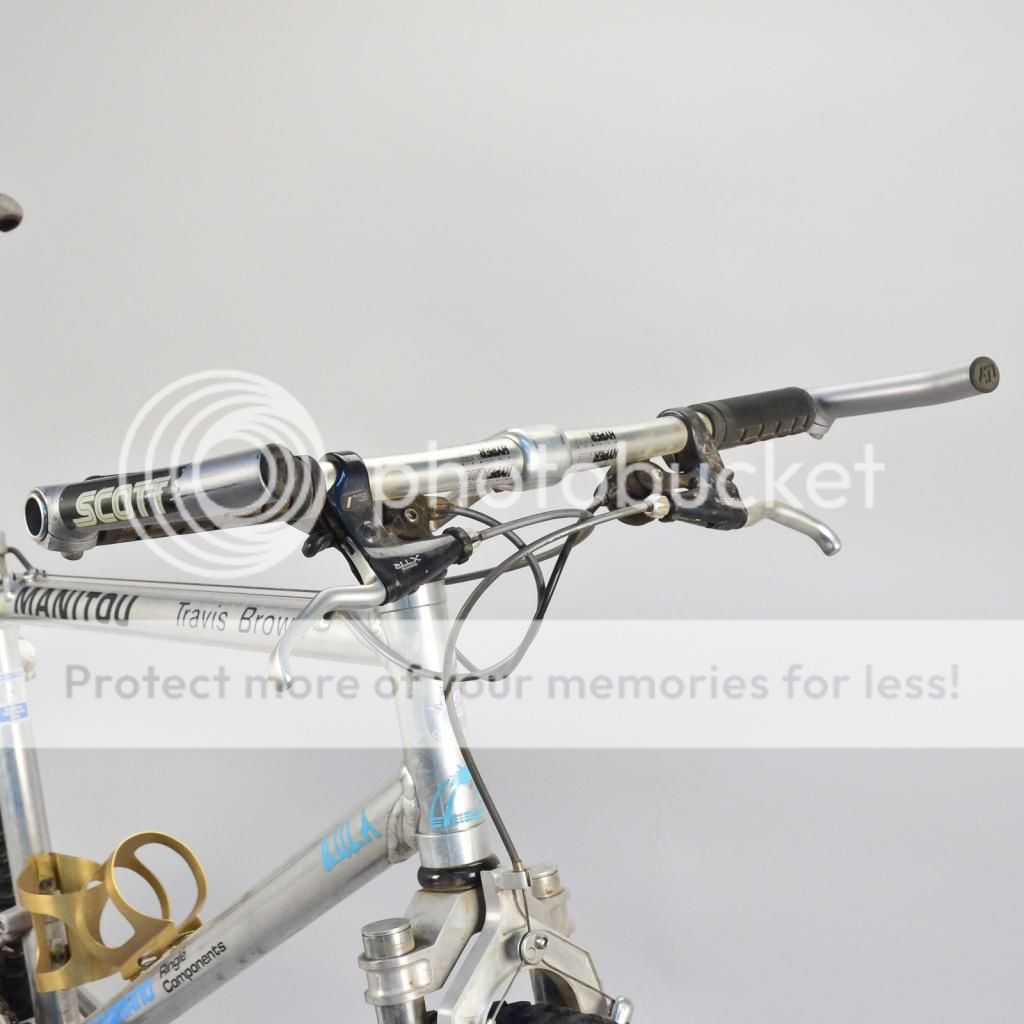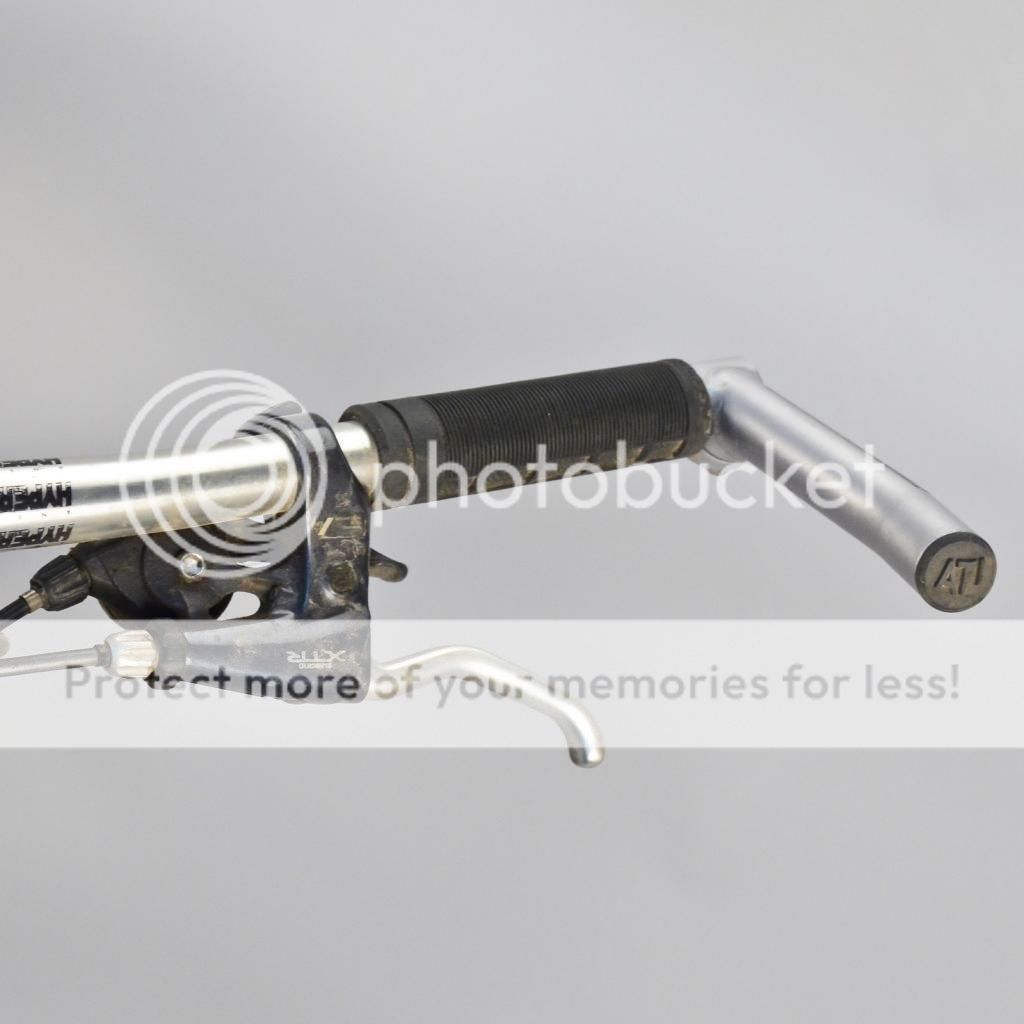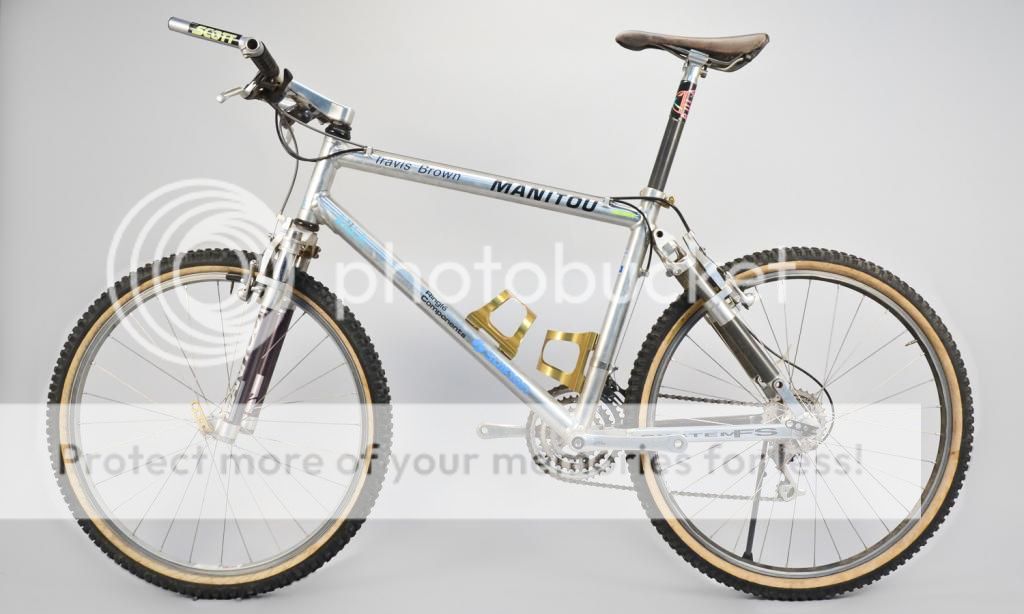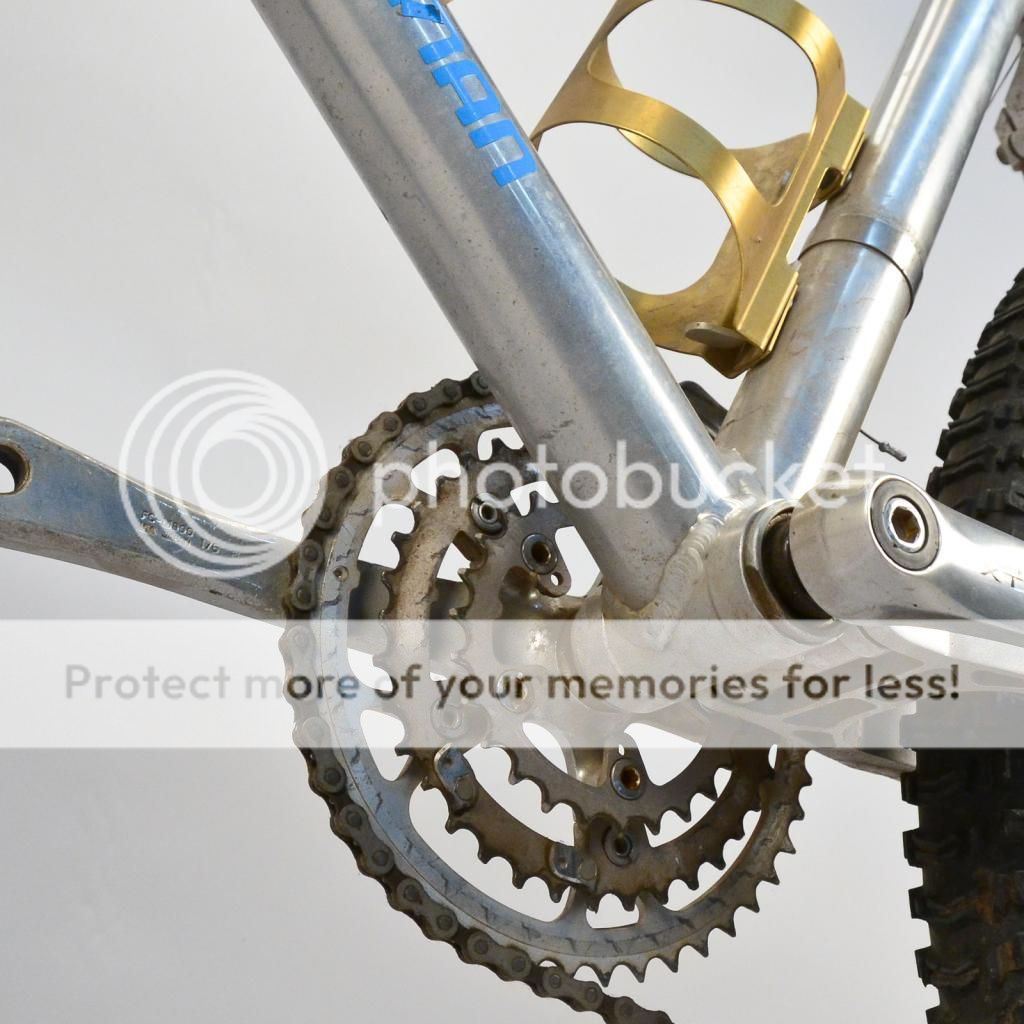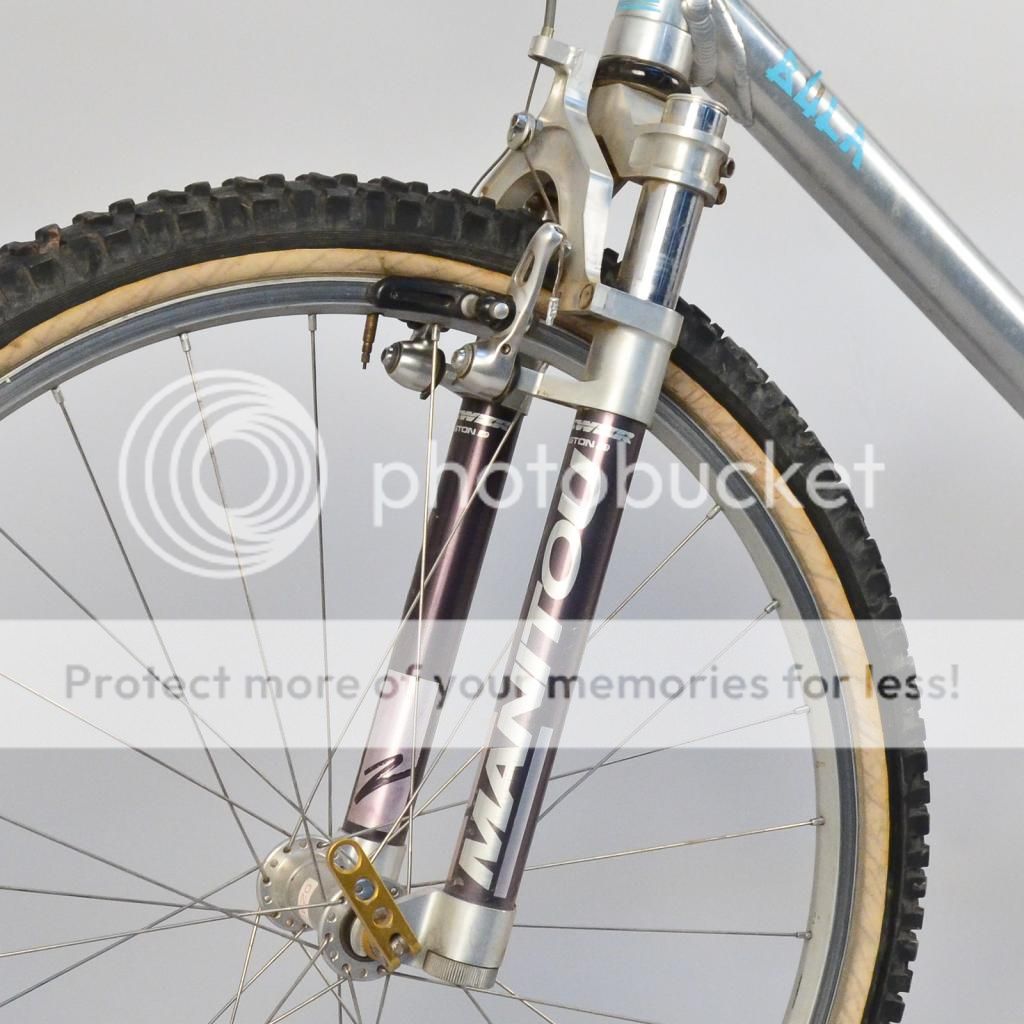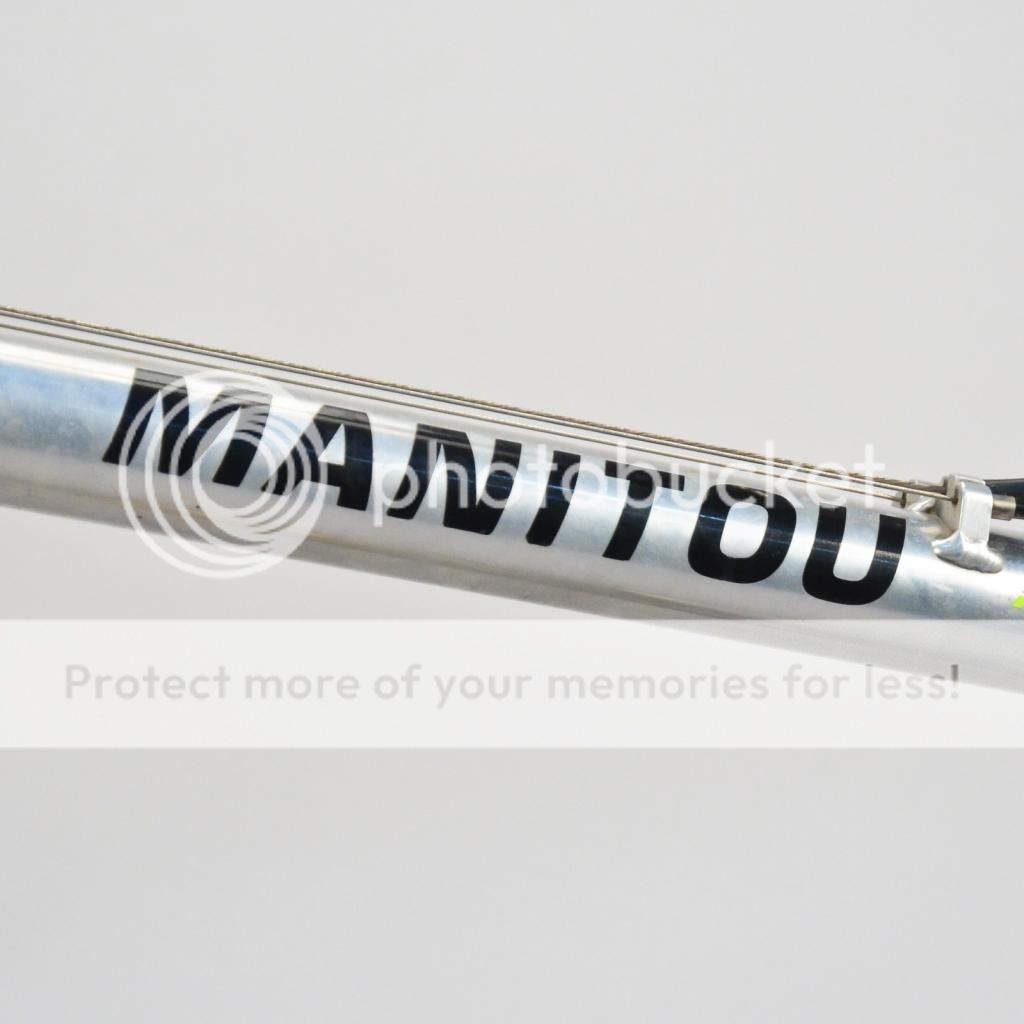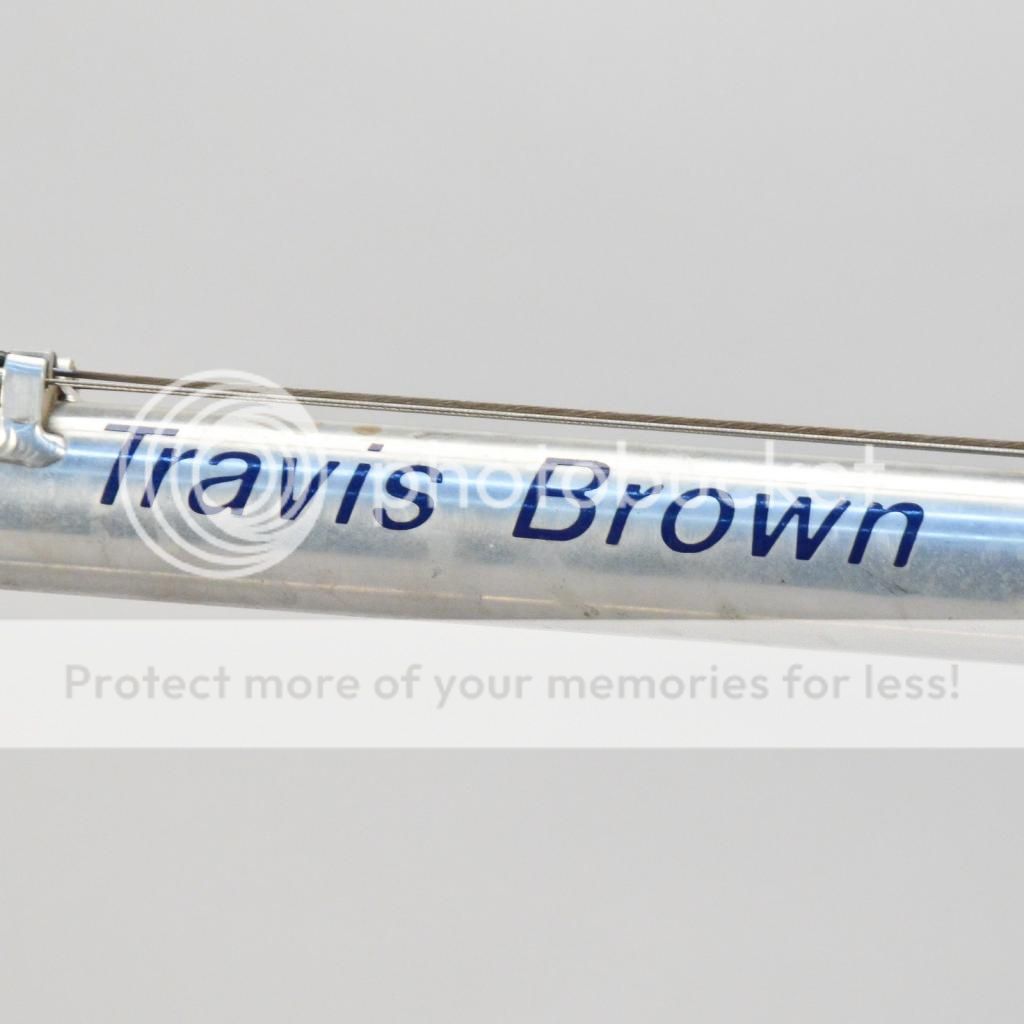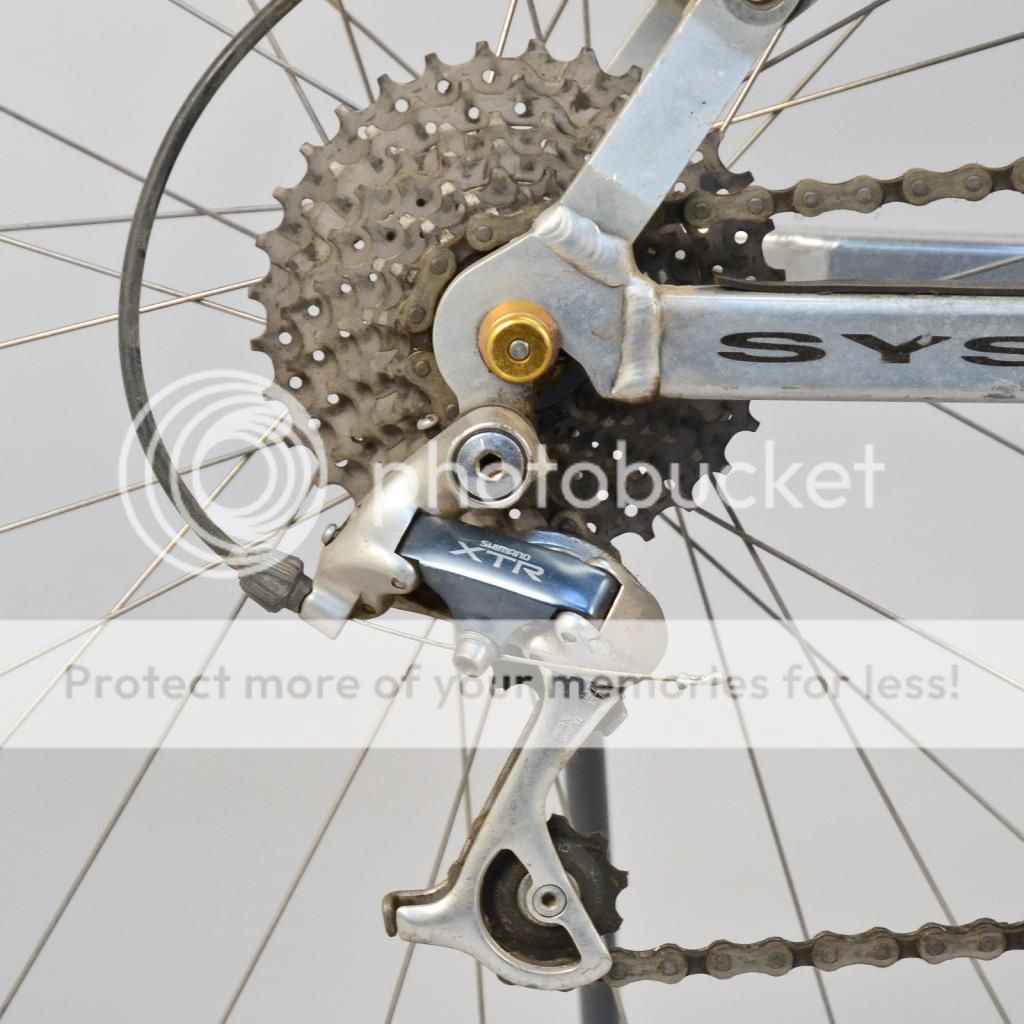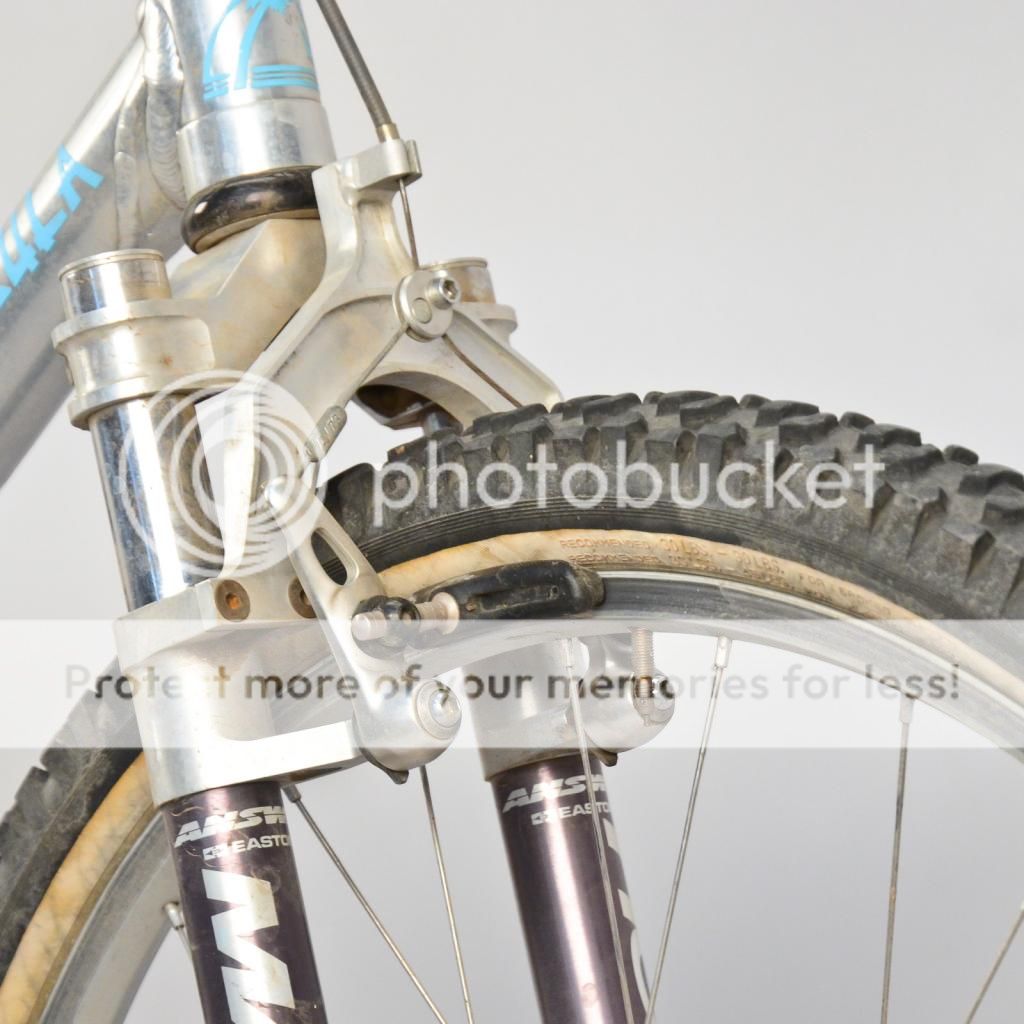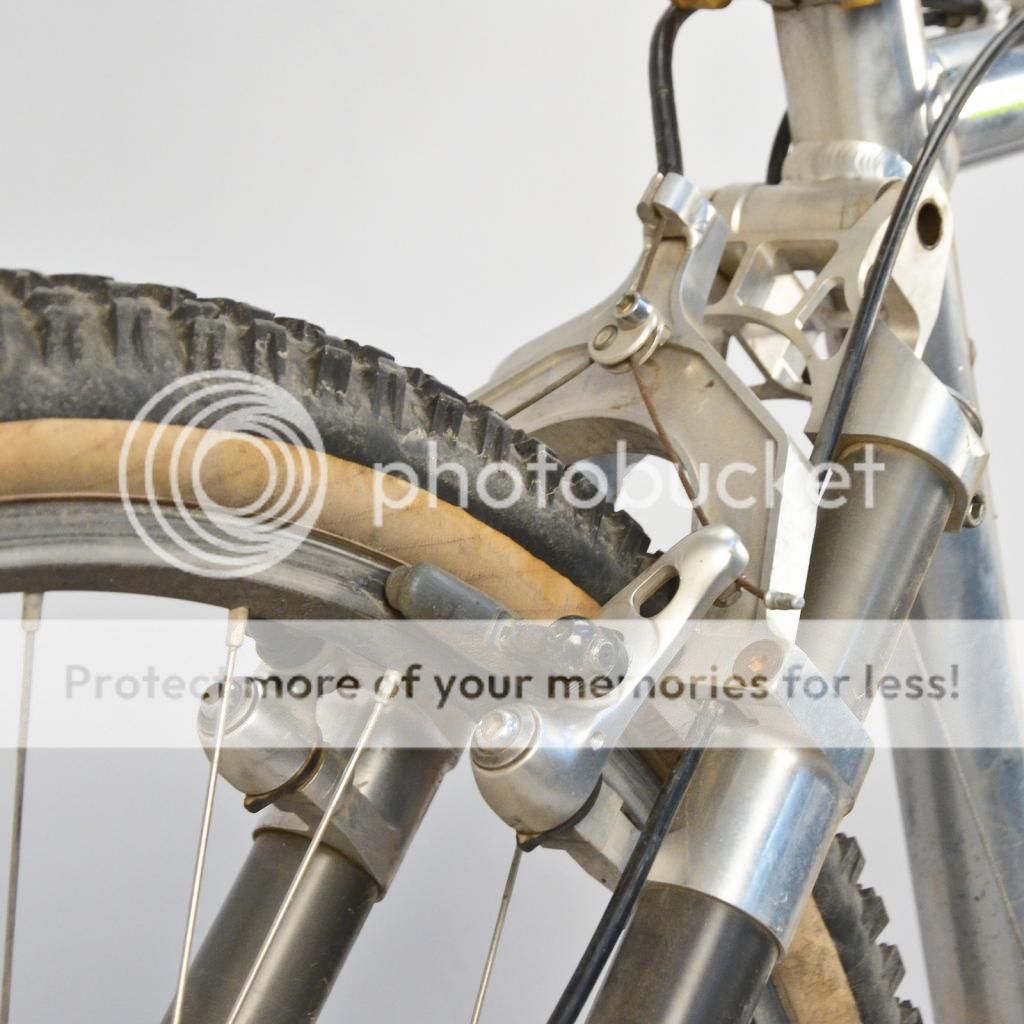Bike Radar did a great write up on this bike for Throwback Thursday:
http://www.bikeradar.com/us/mtb/gear/ar ... -fs-40889/
This particular example is no garage queen, either: it belongs to former pro – and current Trek mountain bike tester and brand ambassador – Travis Brown, who raced the Manitou FS during the 1992 season. The drivetrain is worn, there's a patina of dust and grime, and like many FS frames, the head tube is cracked (in five places).
"I knew Doug through [fellow Trek employee] Scott Daubert, who was a friend and training partner of mine at the time and he was riding for Manitou," says Brown. "After Worlds that year [1991], we talked again and I thought that it'd be awesome to ride for a Colorado company. Being an independent frame builder, he didn't really have the resources to go pro racing but it's what he wanted to do. He finally got funding for a race team from his Japanese importer – which is where a lot of his bikes were being sold at the time – and eventually said, 'I got a budget; let's go racing!'"
As it turns out, Brown's career evaluating and developing mountain bike product started long before his days at Trek. Bradbury first provided a Manitou HT hardtail to try out for sizing, and said he could incorporate any changes he wanted into a custom design for his FS.
Brown indeed had some ideas, which included 50mm of additional top tube length relative to the stock geometry, paired with a short-for-its-day 120mm stem. Though Bradbury thought Brown was crazy at the time, the idea would ultimately work its way into the mainstream.
"It was very stable and that was something that I intentionally wanted so the bike would go straight when you were slobbering and tired."
This one-off also incorporated an extra-wide rear end with a drivetrain that was pushed outboard by 10mm to create a zero-dish rear wheel – an impressively forward-thinking concept that would resurface roughly two decades later for the fat bike market. The design necessitated a custom Shimano XTR rear hub with 145mm spacing (which Bradbury made himself), special asymmetrical dropouts, and a longer bottom bracket spindle to keep everything properly aligned.
According to Brown, the zero-dish wheel and wider spacing yielded a noticeably stiffer rear end.
"It had a lot of stiffness for that reason. [Doug] had an intuitive design sense and was willing to try things. He was a super smart dude." "
